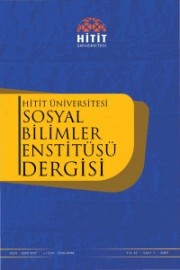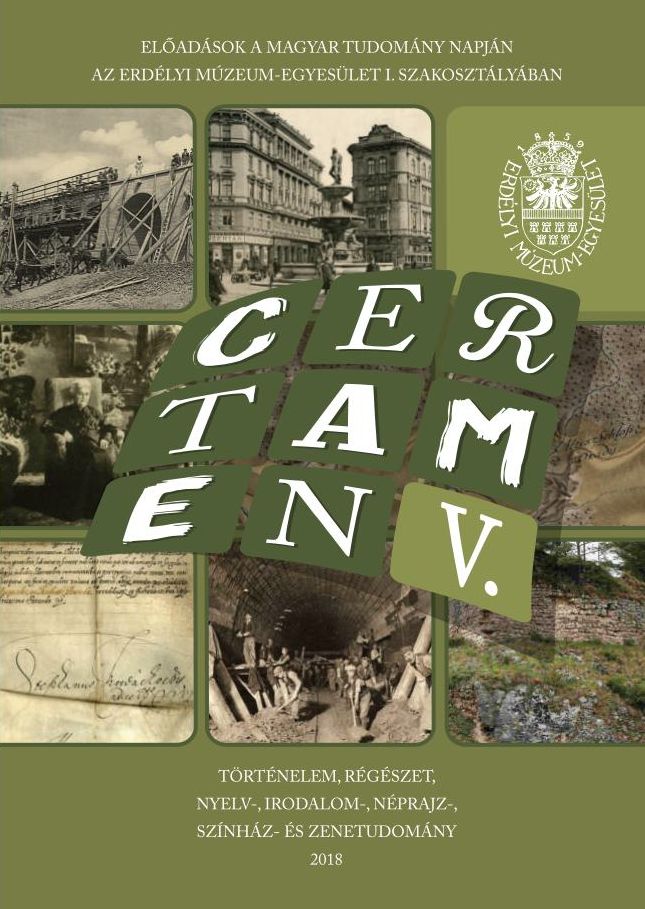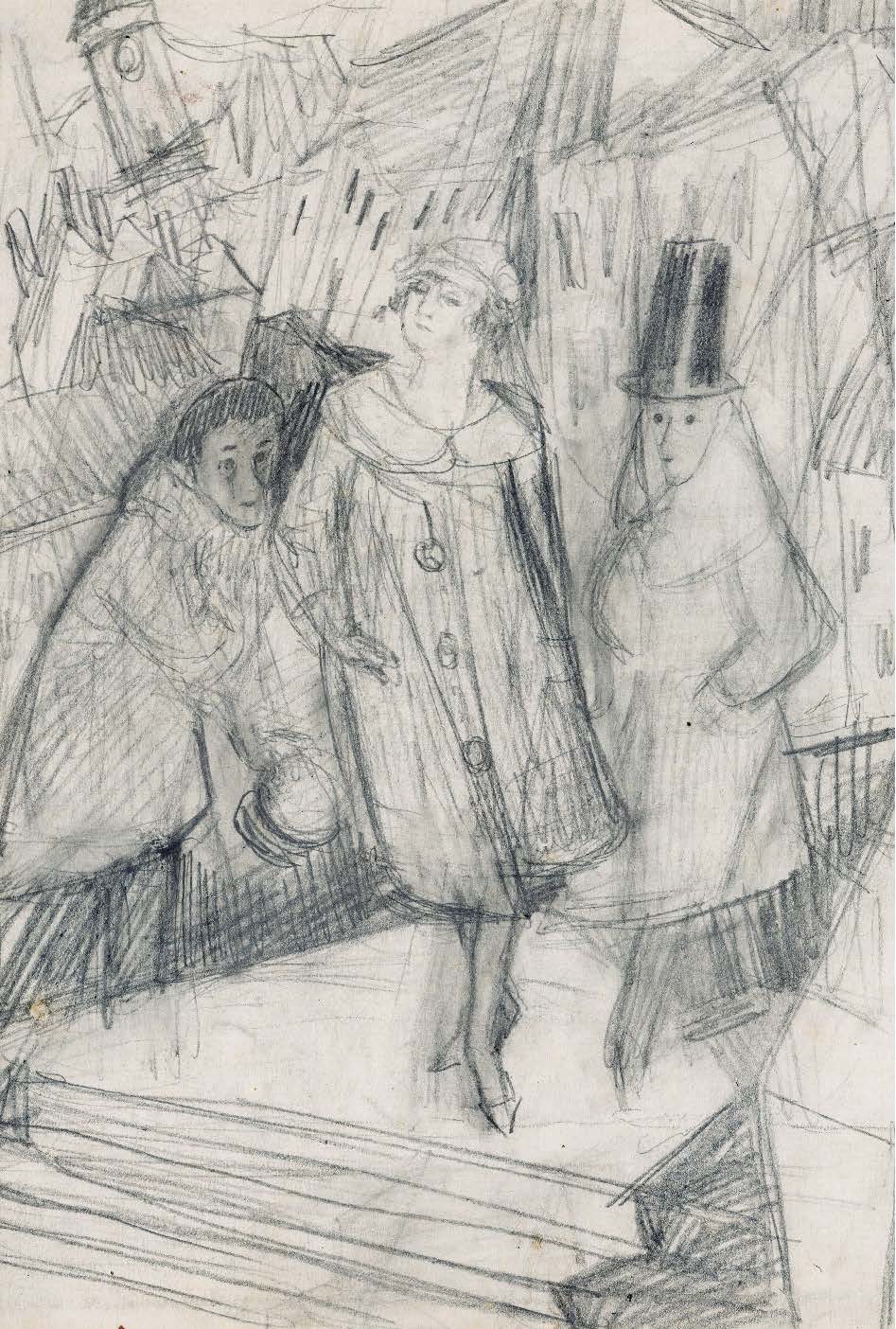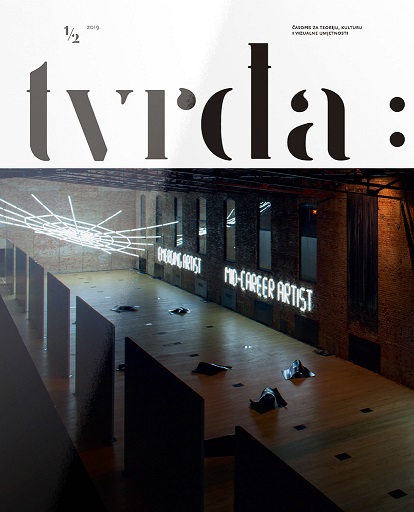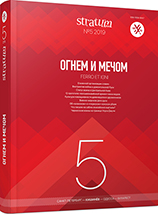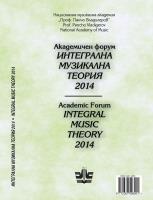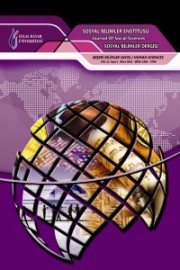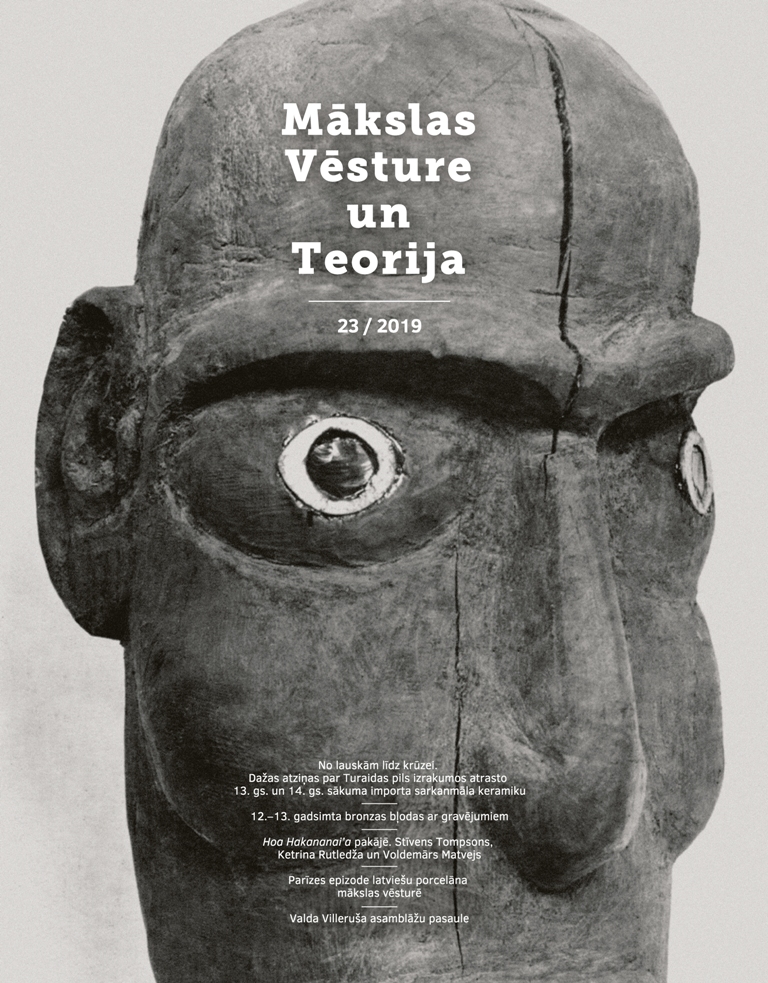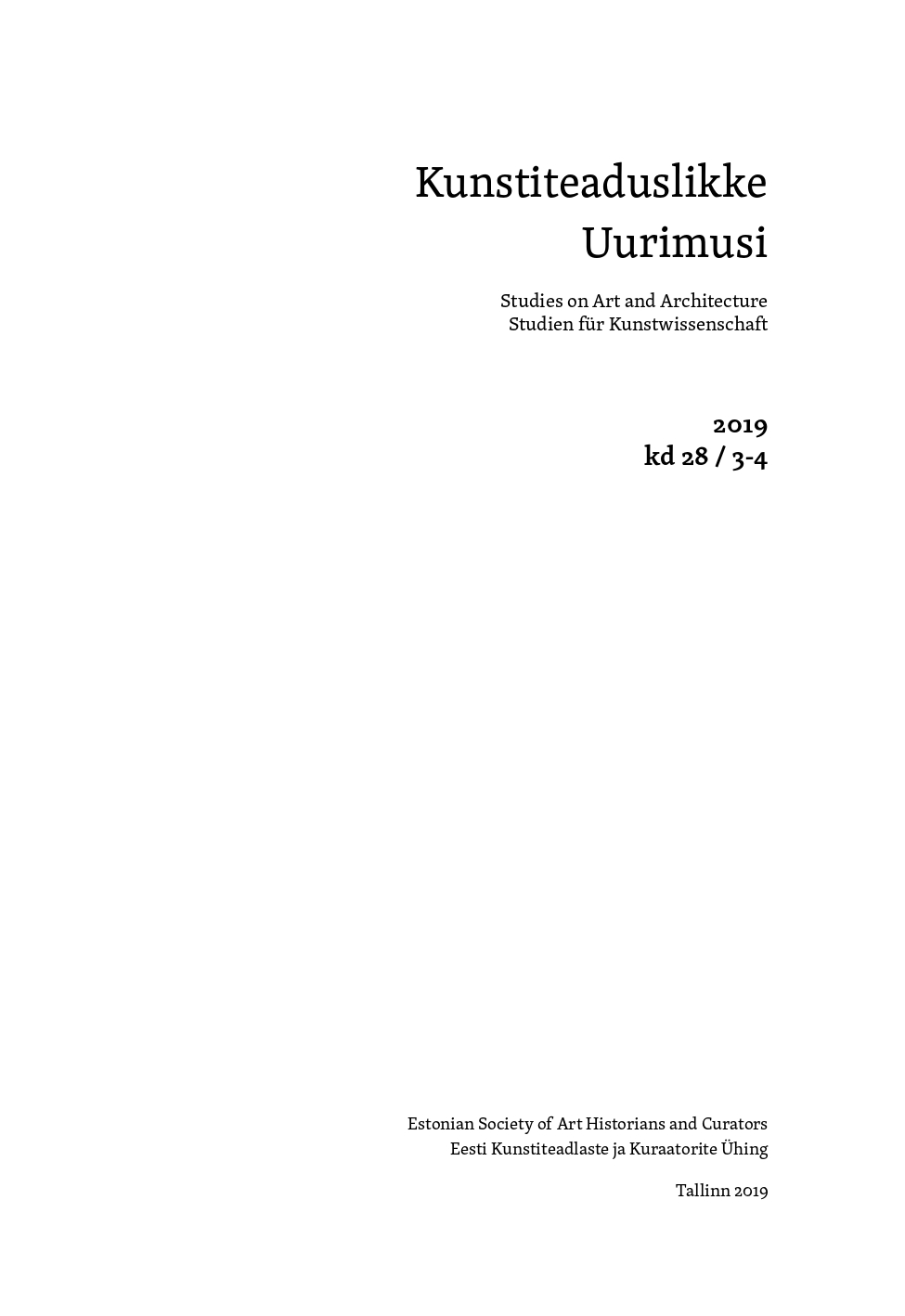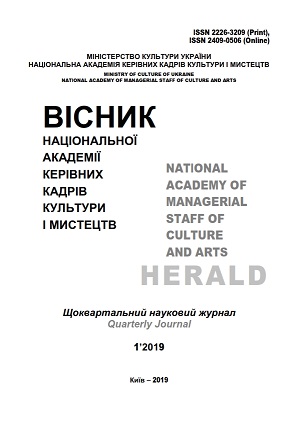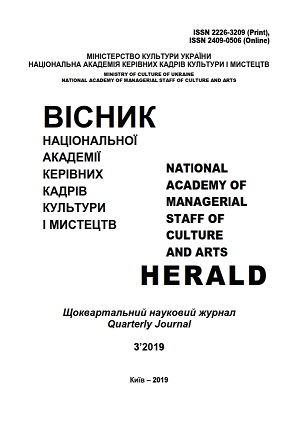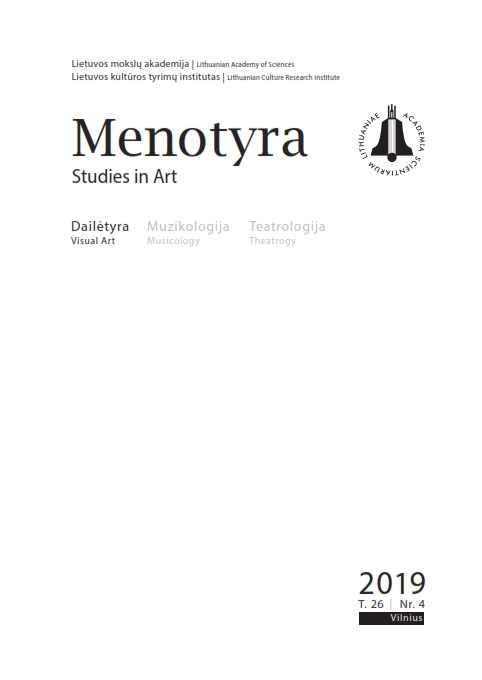Author(s): Irēna Bužinska / Language(s): Latvian
Issue: 23/2019
This year is the 100th anniversary of the publication of the book The Mystery of Easter Island: The Story of an Expedition by British traveler and ethnographer Katherine Routledge. However, the aim of this article is to draw attention to her contemporary, Latvian artist and theoretician Voldemārs Matvejs’ (1877–1914) study of Oceanic art Искусство острова Пасхи (The Art of Easter Island), published in Russian under the pseudonym of Vladimir Markov in St. Petersburg in January 1914 with a print run of 500 copies. Both publications feature one of the British Museum’s most popular exhibits – the photograph of Hoa Hakananai’a. Therefore, the author has gathered information on the British photographer Stephen Thompson (1831–1892) who created this image. The article also presents the first comparative analysis of both publications, emphasising common as well as different elements in both researchers’ activities, each having their own aims, interests and opportunities to familiarise themselves with the cultures of the world. Katherine Routledge graduated from the University of Oxford with honours in 1895, specialising in modern history. When the Second Boer War was over, Katherine went to South Africa as a member of a women’s committee in 1902. In 1906, aged forty, she married the ethnographer, anthropologist and traveller William Scoresby Routledge (1859–1939). In 1908 the couple arrived in the British protectorate in East Africa (now Kenya), settling on the territory of the largest ethnic group, the Kikuyu people. They later donated their collected ethnographic materials to the British Museum as well as to Pitt Rivers Museum in Oxford. They described their impressions in a jointly written book With a Prehistoric People. The Akikuyu of British East Africa (1910). Voldemārs Matvejs did not have the opportunity to visit the African continent in person and so made it his aim to inspect the ethnographic collections of Western European museums. From 24 July to 15 September 1913, together with a close associate, Varvara Bubnova (1886–1983), he visited Kristiania (now Oslo), Copenhagen, Hamburg, London, Paris, Cologne, Leiden, Amsterdam, Leipzig and Berlin. In the course of less than two months, he gathered rich material on African and Oceanic art as well as took photographs of certain objects. The artist’s notes have not come down to us, so there is no information on how the works were selected. Therefore, Matvejs’ original photographs of sculptural examples from Africa and other regions published in his books as well as the few pictures of individual exhibits taken by other photographers provide an insight into his research work. When analysing Matvejs’ photographic method, it is important to spot analogies and thus the author’s attention was drawn to the work of Stephen Thompson who took the photograph of Hoa Hakananai’a and photographed over 5000 museum exhibits from December 1869 to early 1872. The London publisher W. A. Mansell & Co issued the album British Museum Collections with his photographs. The catalogue represented Greco-Roman and medieval art while the last seventh volume dealt with the overseas territories of the British Empire. Thompson became the first photographer who had the opportunity to capture more than 150 ethnographic objects – artefacts and sculptures from the region of Polynesia as well as the masks of Peru Indians, Aztecs and other native American peoples. Thompson also photographed new acquisitions, including two stone figures Hoa Hakananai’a and Moai Kava donated by the Queen to the British Museum in 1869. The photographer probably took pictures of these moai in the period between 1869 and 1872. Especially significant is Thompson’s photographic documentation of Hoa Hakananai’a from behind, as he had the rare, exclusive opportunity to capture the forms, contours and finish of this monumental sculpture at eye level. Many later researchers did not have this opportunity, as Hoa Hakananai’a was often located in places and heights ill-suited for viewing and taking pictures. It was placed either too low and close to the wall in the colonnade outside the British Museum where Matvejs photographed both the aforementioned figures in summer 1913, or on a pedestal too high, thus not even allowing one to see important details from the correct distance and angle. Therefore, the value of Thompson’s photograph is understandable along with the reason why both the British ethnographer Routledge and Matvejs used it in their publications. Katherine Routledge acquired all the necessary information herself on Easter Island where she stayed for 17 months. Her experience was later described in detail in the weighty volume of 400 pages The Mystery of Easter Island: The Story of an Expedition with its 166 pages focusing on Easter Island. Routledge described the island’s landscape and flora, local people’s way of life, beliefs, religion, living conditions, eating and dressing customs, the family model, property relations, legends, the cult of the Bird and the dead, burial traditions, ancient names of the island as well as the origins of its language and writing. Routledge’s contribution to the description and photographic documentation of artworks, especially stone sculptures, is immense. Only 105 images from the huge photographic archive, now in the collection of the British Museum, were included in the book. Artist and theoretician Voldemārs Matvejs’ interest in world cultures is related to his searches for a new ideal of beauty typical of early 20th century modernist art. At the St. Petersburg Academy of Arts where Matvejs studied the basics of painting, the classical Greco-Roman ideal of beauty was still prevalent. However, the budding artist took up theoretical and research activities. Familiarising himself with sculptural examples “of all peoples and periods”, Matvejs came to realise that outside Europe, an artwork is not just an artwork, it could also fulfil certain social and ritual functions. To understand better the specificity of sculpture, its place and role in the spiritual organisation of society in the Pacific region and on Easter Island in particular, he carefully studied the notes of the few travellers and art collection catalogues of European museums. Especially useful were travel notes and eyewitness accounts of such visitors to Easter Island as the British Captain James Cook (1728–1779), French pastor and missionary Eugène Eyraud (1820–1868) and German seaman, Lieutenant Wilhelm Geiseler (1847/48–1891). The first chapter of Matvejs’ study also made use of the information from the album of wooden sculptures by the first Catholic Bishop of Tahiti, French missionary Étienne Florentin Jaussen (1815–1891), known also as Tepano; an essay on Easter Island published after the missionary’s death proved useful too. In the second chapter of his book that dealt with the art of Easter Island, Matvejs carried out artistic analysis, comparing stone and wooden sculptures, and he formulated 11 characteristics common to both groups and 4 that set them apart. The book’s textual part is complemented by only 22 black and white images of 5 stone and 11 wooden sculptures from the Oceanic region; the specificity of Easter Island is exemplified with photographs of only 2 stone and 7 wooden sculptures. However, even such scarce visual information reflects the artist’s attempts at establishing the specificity of regional sculpture. Matvejs hypothesised that the unifying element of both stone and wooden sculptures on Easter Island was the facial construction and its characteristic formal features. This was the reason why he took close-up photographs of wooden sculptures. According to Matvejs, Easter Island was the origin and centre of the traditions of Oceanic art, spreading its influence over the entire vast Pacific region. Therefore, he looked for analogies and photographed some 20 sculptural examples from Tahiti, Hawaii, New Guinea and the Marquesas Islands both from one angle and from several angles with the aim of confirming his theoretical assumptions. Matvejs looked for analogies not as an ethnographer but as an artist who focused not just on the characterisation of “another beauty” widespread there but also on similarities and differences in the continuation and interpretation of this tradition by a particular region or artist. He possibly took over his interest in characteristic details from the 19th century photographers. Nevertheless, Matvejs thought that it was important to single out the peculiarity of each region and so he varied the composition of the frame and often framed the original in line with his conception, emphasising the totality of formal means not typical of European art in the interpretation of the figure and especially its head. Each image has the additional task of serving as a negation of the European classical artistic tradition. Easter Island was for Matvejs “Classical Greece” in the Pacific. He considered the Easter Island sculptures to be of higher value than those of Classical Greece. Although there are obvious reasons why Stephen Thompson, Katherine Routledge and Voldemārs Matvejs never met during their lifetimes, each of them took part in a prolonged process of aesthetic education in their respective fields of expertise. Routledge left us outstanding examples of documentary photography, preserving a unique chance for the next generations to view the sculptures of Easter Island in their natural environment. Voldemārs Matvejs as an artist not only discerned the role of Easter Island and Oceanic art in the 20th century cultural context but also somewhat envisioned a more distant perspective of artistic development. The trend of Surrealism whose emergence he did not live to witness has recognised the art of Easter Island as one of its strongest sources of inspiration.
More...
